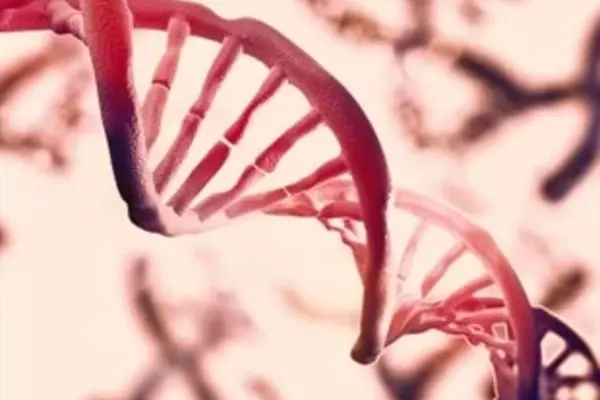Epigenetics refers to the study of changes in gene expression or cellular phenotype that do not involve changes to the underlying DNA sequence. Epigenetic regulation plays a critical role in many biological processes, including the body’s response to infections.
One way that epigenetic regulation can improve the defense against infections is by modulating the expression of genes involved in the immune response. For example, certain epigenetic modifications can increase the expression of genes that encode proteins involved in the innate immune response, such as interferons and toll-like receptors, which can help the body to more effectively detect and respond to infections.
Epigenetic changes begin before birth. Your cells all have the same genes, but they all look and act differently. Epigenetics helps determine which function a cell will have as you grow and develop, such as whether it will become a heart cell, nerve cell, or skin cell.
The hematopoietic system switches from normal to emergency mode during infections. This boosts the body’s defenses against pathogens. Scientists at the German Cancer Research Center (Deutsches Krebsforschungszentrum, DKFZ) have discovered an epigenetic switch in mouse blood stem cells and progenitor cells that can switch between modes.
If the body’s emergency hematopoiesis program activates, it signals an alert state of the immune system and serves two purposes: When compared to “normal” hematopoiesis, the emergency program results in increased replenishment of immune cells that are consumed during infections or inflammations. Furthermore, the emergency program activates the entire immune system, which aids in the faster clearance of infections.
The increased H2Bub1 level appears to be the alarm that activates the immune system. This, in particular, raises the innate immune defense, which is especially important during initial contact with a pathogen.
Nikolaus Dietlein
The emergency program, for example, has an increased division rate of blood stem cells and a shift in the balance of mature white blood cells in favor of myeloid cells (macrophages and granulocytes). Normally, the emergency response program is activated by pathogen molecular components or pro-inflammatory messenger substances such as certain interferons.
But what about the blood stem and progenitor cells? Is there a cellular switch that activates the emergency response system? Scientists from the German Cancer Research Center (Deutsches Krebsforschungszentrum, DKFZ) led by Nikolaus Dietlein and Hans-Reimer Rodewald targeted a specific epigenetic modification known as H2Bub1. It is involved in turning on genes that are activated by interferon as a result of a viral infection and are important for infection defense. The enzyme USP22 removes the modification that attaches to the DNA packaging proteins, the histones.

Could H2Bub1 and USP22 be the sought-after switch that triggers the emergency program in the blood stem cell? The researchers led by Rodewald investigated this in mice in whose blood stem cells USP22 was genetically switched off. In these animals, the emergency program of hematopoiesis with all its key features ran without any detectable infection or increased interferon levels.
The genetically modified mice outperformed normal mice in terms of resistance to infection with the bacterium Listeria monocytogenes. Furthermore, neutrophil granulocytes, which are important scavenger cells in their blood, were more successful at engulfing bacteria.
As expected, the epigenetic H2Bub1 modifications were significantly more prevalent in the genetic material in the blood cells of the gene-modified animals. “The increased H2Bub1 level appears to be the alarm that activates the immune system. This, in particular, raises the innate immune defense, which is especially important during initial contact with a pathogen” According to Nikolaus Dietlein, the current publication’s first author. The alert in normal animals is terminated by USP22, which removes the H2Bub1 modification.
H2Bub1 and USP22 are also found in human cells and, according to current research, perform functions that are similar to those found in mice. According to Hans-Reimer Rodewald: “We were able to demonstrate in mice that an epigenetic modification improves defense against infection. However, it is still unknown how the loss of USP22 affects human hematopoietic stem and progenitor cells, which should be investigated further. Drugs that inhibit USP22 could one day help to improve immune defense against pathogens. However, this is currently unproven and needs to be tested in additional studies.”
There is also evidence that epigenetic changes can be induced in response to infections, potentially as a way to help the body adapt to the infection and mount a more effective immune response. These changes may be reversible, allowing the body to “reset” its epigenome and return to a normal state once the infection has been cleared.
It’s important to note that while the role of epigenetics in the immune response is an active area of research, much is still unknown about how these processes work and how they can be harnessed to improve the defense against infections.
















